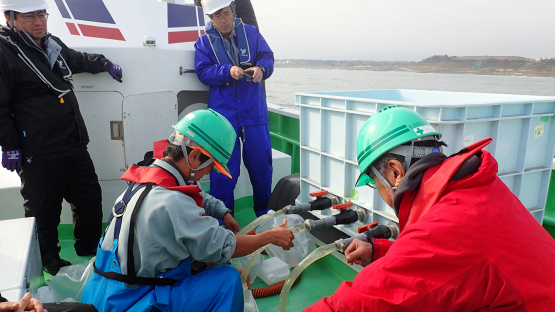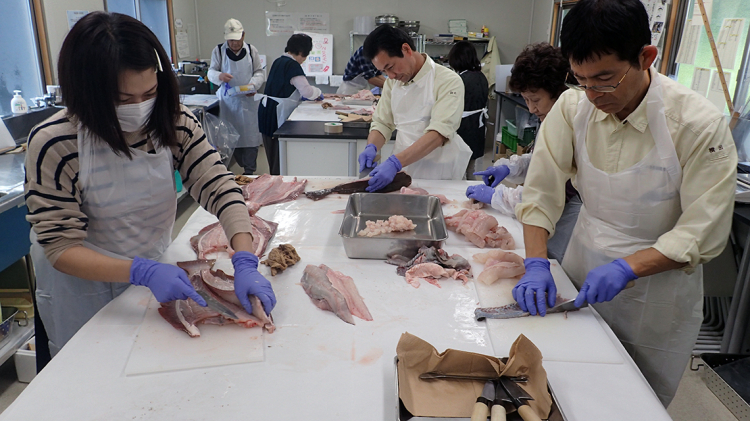Japanese laboratories analysing seawater, marine sediment and fish samples from near the Fukushima Daiichi Nuclear Power Plant in Japan produce reliable data, according to an IAEA report released today.
“Following the six missions organized in 2014-2016, the IAEA confirms that Japan’s sample collection procedures follow the appropriate methodological standards required to obtain representative samples,” the report states. It further points out that the results obtained in interlaboratory comparisons “demonstrate a high level of accuracy and competence on the part of the Japanese laboratories involved in the analyses of radionuclides in marine samples for the Sea Area Monitoring programme.”
Interlaboratory comparisons and tests involve laboratories separately testing and analysing samples and then comparing results and procedures to determine their reliability and accuracy. Seven Japanese laboratories and three labs from outside Japan participated in the comparisons. The latter included the IAEA’s Environment Laboratories in Monaco as well as laboratories from Ireland and New Zealand that are part of the network of Analytical Laboratories for the Measurement of Environmental Radioactivity (ALMERA), which provided additional international expertise and transparency.







